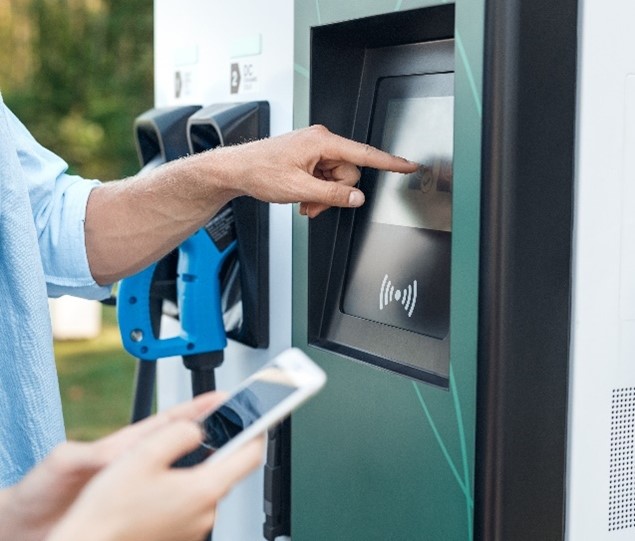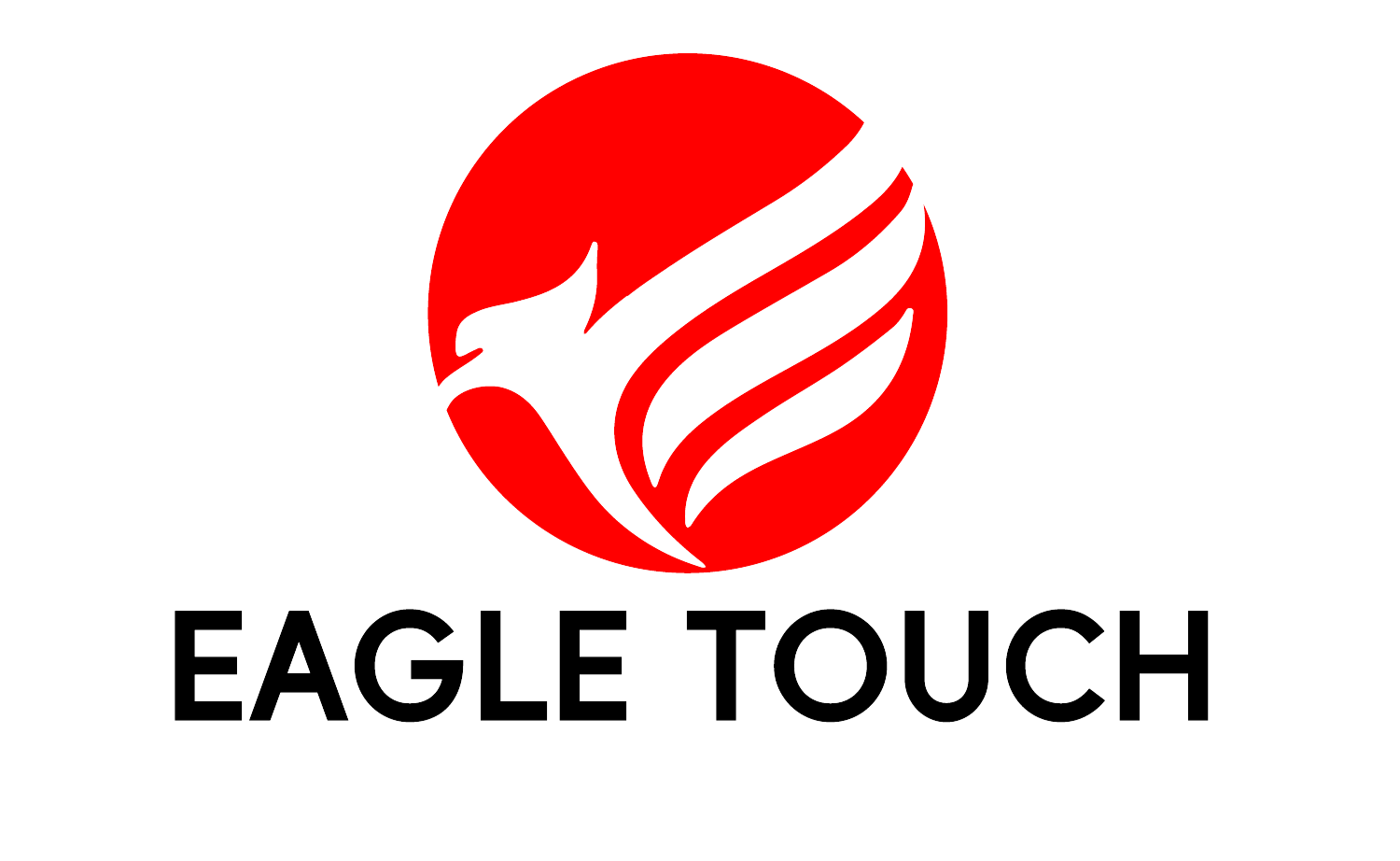
Introduction
In today’s fast-paced digital world, outdoor displays have become pivotal in various sectors, from advertising to public information systems. However, these displays face unique challenges due to their exposure to harsh outdoor environments. Understanding these challenges and the technologies that address them is crucial for anyone looking to leverage these dynamic tools.
Analyzing Outdoor Environmental Factors
When deploying outdoor displays, it’s essential to consider the array of environmental factors that can impact their performance and durability. These factors go beyond mere exposure to weather elements; they encompass a range of physical and climatic challenges that require advanced technological responses.
Temperature Extremes: Outdoor displays must operate flawlessly in a wide range of temperatures. In colder climates, displays face the risk of slower response times and potential liquid crystal freezing in LCDs. Conversely, in hot environments, overheating can lead to component failure. Advanced thermal management systems are crucial in regulating internal temperatures, often incorporating heat dissipation methods and robust insulation.
Moisture and Humidity: Moisture, whether from rain, snow, or humidity, poses significant risks to electronic components. Prolonged exposure can lead to corrosion, short circuits, and display degradation. Implementing comprehensive sealing techniques and using moisture-resistant materials are vital. IP ratings (Ingress Protection) are a standardized measure of a display’s effectiveness against moisture intrusion, with higher numbers indicating greater protection.
Sunlight and Glare: Direct sunlight affects outdoor displays in two major ways: it can wash out the screen, making it difficult to read, and it can increase internal temperatures. To combat these issues, displays often use high-brightness LEDs and incorporate UV-resistant panels to prevent sun damage. Anti-glare and anti-reflective coatings are also applied to maintain visibility under direct sunlight.
Physical Stress: Outdoor displays are also subject to physical stress, including wind, dust, and potential vandalism. Strengthened glass, robust casing materials, and secure mounting solutions are employed to protect against physical impacts. Dust and fine particulates can clog and damage internal components, so displays must be designed with filters and seals to withstand such conditions.
Electromagnetic Interference: In urban environments, electromagnetic interference from various sources can disrupt the functionality of digital displays. Implementing electromagnetic compatibility (EMC) design principles helps ensure that displays operate reliably amidst such interference.

Key Technologies in Outdoor Display Solutions
The success of outdoor displays in challenging environments is greatly attributed to several key technologies. These not only enhance visibility and durability but also ensure that the displays function optimally across various conditions.
High-Brightness Displays: One of the primary concerns for outdoor displays is visibility under direct sunlight. High-brightness displays are a crucial innovation in this realm. These displays, often featuring LED or LCD technology, are designed to produce luminance significantly higher than standard indoor screens, typically exceeding 1,000 nits to 2,000 nits depending on different size. This high brightness ensures that the content remains visible even in bright sunlight.
Wide Temperature Range Operation: A crucial aspect of outdoor displays is their ability to operate over a wide temperature range. This involves specialized components and design considerations that allow the displays to function reliably in extreme cold and heat, ensuring consistent performance regardless of seasonal changes.
UV Resistance and Anti-Glare Technologies: Prolonged exposure to ultraviolet (UV) rays can degrade screen quality and lead to color distortion. Modern outdoor displays incorporate UV-resistant coatings or UV OCA glue for touch screens, to protect against such damage. Additionally, anti-glare technology, including matte finishes and anti-reflective coatings, is applied to minimize reflections and glare caused by direct sunlight, enhancing readability from various angles.
Optical bonding: Optical bonding is an essential technology for outdoor displays, addressing several key factors critical to their performance and durability. This process involves adhering touchscreen directly to the display screen, which significantly reduces glare and reflections in bright outdoor environments, enhancing screen readability. It also strengthens the display against physical impacts and environmental stressors like moisture and dust. For touch-enabled displays, optical bonding improves touch responsiveness and accuracy. Additionally, it helps prevent condensation and fogging within the display, maintaining clear visibility despite temperature fluctuations. Overall, optical bonding is integral to the design of outdoor displays, ensuring they deliver high-quality visibility, increased durability, and reliable functionality in challenging outdoor conditions.
Ruggedized Construction for Weather and Impact Resistance: Beyond electronic components, the physical construction of outdoor displays is vital. They are built with robust, weather-resistant materials, capable of withstanding extreme temperatures, moisture, and physical impacts. This ruggedization often includes the use of tempered glass, heavy-duty metal casings, and watertight seals, ensuring the display’s resilience against environmental stressors.
Thermal Management Systems: Efficient thermal management is critical in outdoor displays to prevent overheating in high-temperature environments and to maintain operability in cold conditions. This is achieved through a combination of passive and active cooling systems, such as heat sinks, fans, and even air conditioning units integrated within the display housing.
Smart Brightness Control: To balance visibility and energy efficiency, outdoor displays are equipped with smart brightness control systems. These systems automatically adjust the screen’s brightness based on ambient light conditions – increasing brightness in bright sunlight and reducing it during darker conditions, optimizing both visibility and power consumption.

Real-World Applications and Case Studies of Outdoor Display Technologies
The practical applications of advanced outdoor display technologies can be best understood through real-world examples and case studies. These instances highlight how innovative display solutions are employed to overcome environmental challenges and meet specific needs.
Interactive Information Kiosks in Public Spaces:
Case Study: Deployment of touch-enabled information kiosks in public parks and transit stations. These kiosks are equipped with optical bonding technology for improved visibility and touch accuracy, and ruggedized construction for durability against weather and vandalism.
Transportation Hubs and Wayfinding Signage:
Case Study: Installation of weatherproof and high-brightness displays at bus stops and train stations. These displays provide real-time updates and are built to endure harsh conditions, including rain, snow, and extreme temperatures, ensuring reliable information dissemination.
Retail and Advertising Displays in Outdoor Settings:
Example: Retail centers using outdoor digital signage for advertising and customer engagement. These displays incorporate UV resistance and anti-glare technologies to maintain consistent color and visibility throughout the day.
Educational and Museum Installations:
Case Study: Use of interactive outdoor displays in educational settings or museums for outdoor exhibitions. These displays are designed for high public interaction, with ruggedized surfaces and optical bonding for enhanced durability and readability.
Environmental Monitoring and Public Safety Displays:
Example: Outdoor displays used in public safety and environmental monitoring, often in remote locations. They are designed to operate over wide temperature ranges and feature robust connectivity options for real-time data and alerts.
Conclusion: Embracing Future Trends in Outdoor Display Tech
As we navigate the ever-evolving landscape of outdoor display technology, it’s clear that the innovations we’ve discussed are just the beginning. From the rugged durability of weatherproof designs to the precision of optical bonding and smart brightness control, these advances represent a significant leap forward in how we interact with information and advertising in outdoor spaces.
Looking ahead, emerging trends such as IoT integration, AI-driven content management, and even more energy-efficient designs are set to redefine the capabilities of outdoor displays. Technologies like thermal insulation films show promise for further enhancing display performance in extreme conditions, illustrating the ongoing commitment to innovation in this field.
For businesses and organizations keen on leveraging these dynamic tools, staying informed about these trends is crucial. At Eagle Touch, our dedication to staying at the forefront of outdoor display technology ensures that our solutions are not only tailored to meet today’s needs but are also future-ready. Whether you’re planning a digital signage project, an interactive public installation, or need displays that can withstand the harshest environments, we’re here to help you navigate these complexities and bring your vision to life.
Discover the potential of cutting-edge outdoor display technology with Eagle Touch. Contact us to explore how our expertise can enhance your projects and keep you ahead in this rapidly advancing field.





